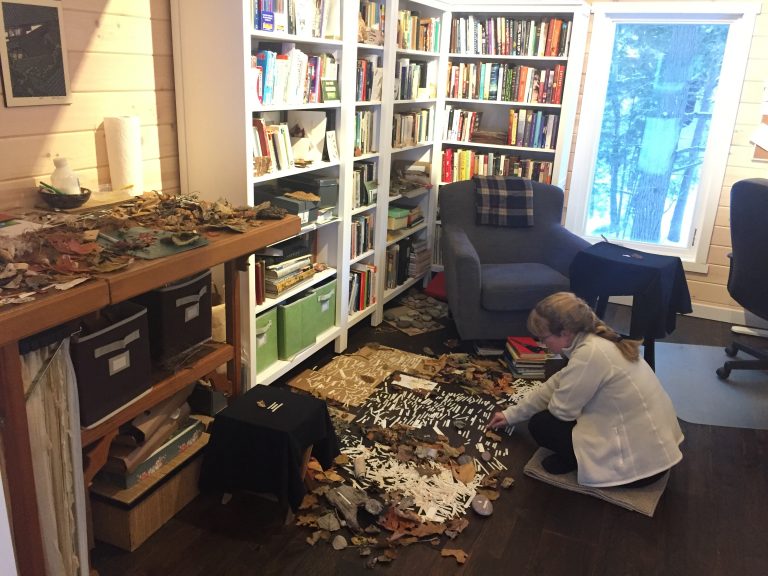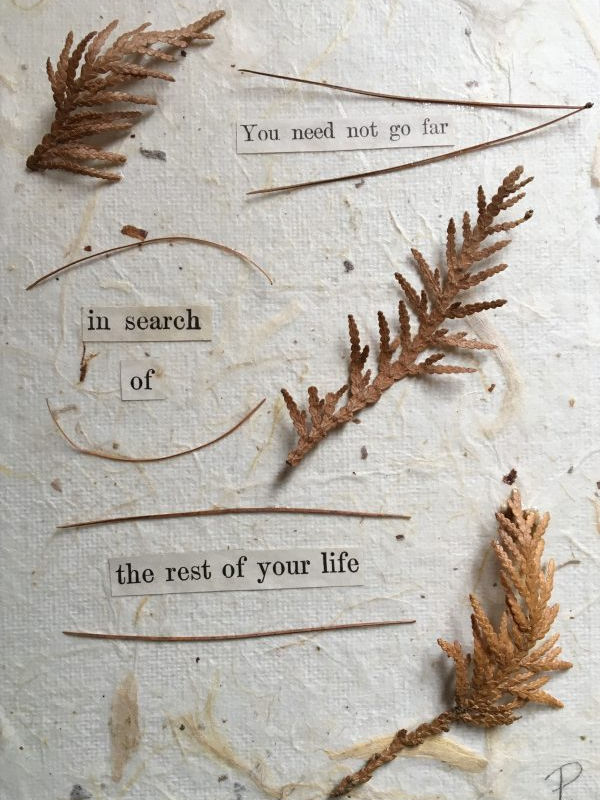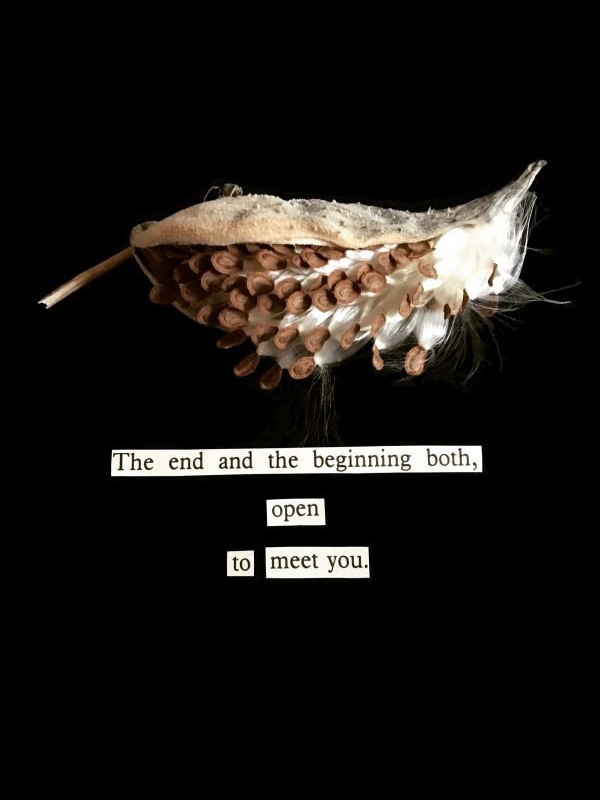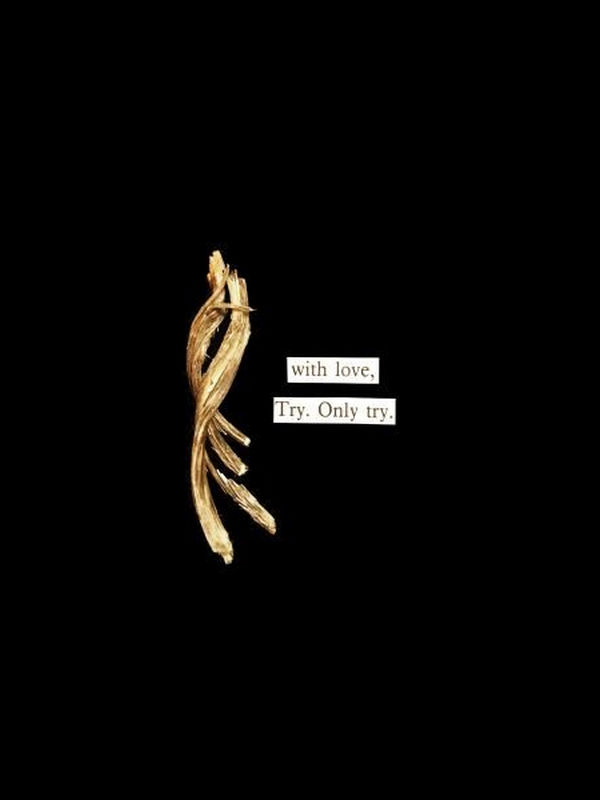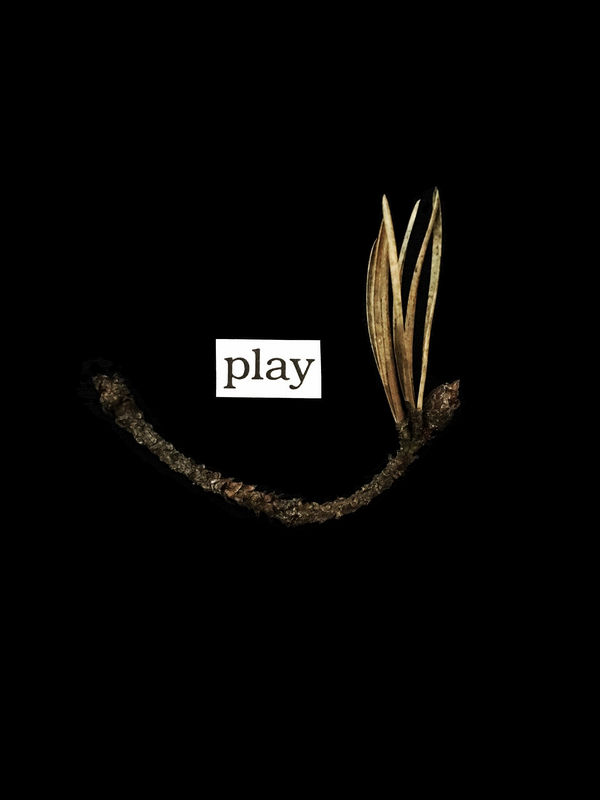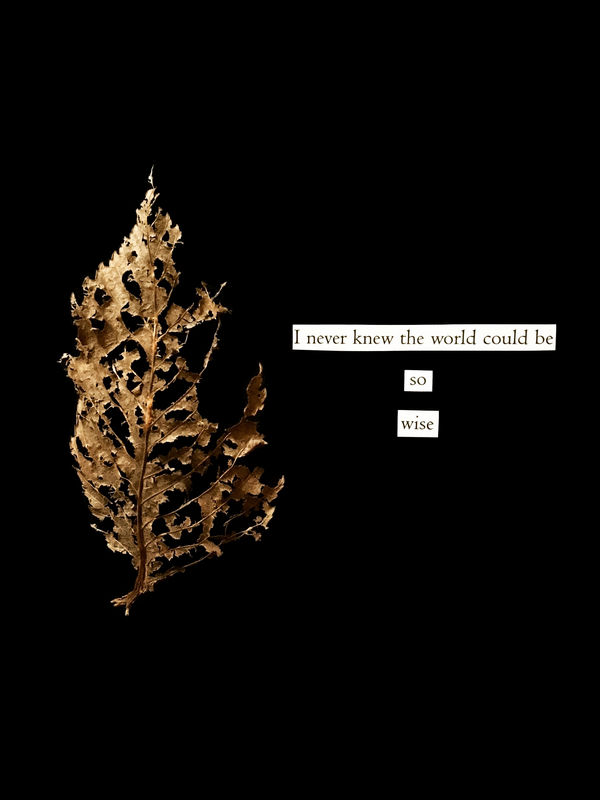12/05/2019 - Tina Festa

Intervista a Paula Boon
La Found-Word Art di Paula Boon
Con questa intervista si apre la nostra rubrica dedicata agli artisti di Found Poetry e Caviardage.
Ho incontrato Paula grazie ai social. Il suo lavoro mi ha molto colpita per la capacità che lei ha di dare voce poetica agli elementi raccolti in natura.
Paula Boon, scrittrice ed editrice vive a Port Sydney, in Ontario, Canada con suo marito e suo figlio adolescente.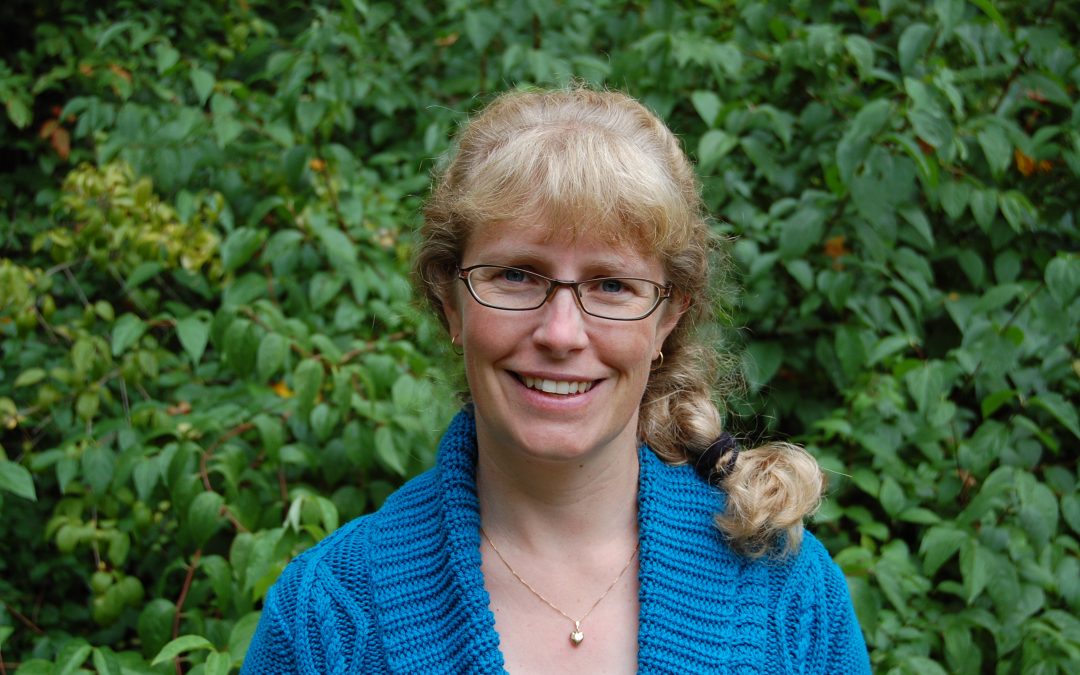
Con questa intervista si apre la nostra rubrica dedicata agli artisti di Found Poetry e Caviardage.
Ho incontrato Paula grazie ai social. Il suo lavoro mi ha molto colpita per la capacità che lei ha di dare voce poetica agli elementi raccolti in natura.
Paula Boon, scrittrice ed editrice vive a Port Sydney, in Ontario, Canada con suo marito e suo figlio adolescente.

Quando hai cominciato a dedicarti alla Found Poetry?
Ho creato i miei primi “found poems” nel 2011 in occasione di una mostra d’arte organizzata insieme alla mia amica Marni Martin, un’artista di talento che utilizza fibre.Dopo questa occasione non ho fatto altro fino all’estate del 2016, in quanto ero impegnata creativamente con progetti di scrittura di romanzi. Sono tornata poi Found Poetry in quanto è una modalità che mi diverte ed appassiona perchè mi permette di trovare gioia nelle parole.
Da gennaio di 2017, ho deciso di impegnarmi maggiormente con una pratica costante: quella di lasciare che siano le parole a trovarmi ed ho deciso di condividere i risultati di quanto faccio sui social media.
Qual è il processo creativo che segui quando crei i tuoi lavori?
Il mio lavora ha due aspetti: il momento in cui ritaglio parole da vecchi libri, e quello in cui raccolgo i tesori naturali mentre passeggio all’aperto. A volte comincio a trovare le parole che stanno bene insieme e poi cerco un oggetto naturale che si adatta a quelle parole.Capita che la mia attenzione sia catturata da una foglia o una piuma o da un’altro oggetto e poi, allora, cerco le parole che riescono a catturare il sentimento o l’idea che quell’oggetto mi ha donato. Quando sono soddisfatta della giusta combinazione tra l’oggetto e le parole, dispongo entrambi su uno sfondo nero e faccio una foto da condividere su Instagram e Facebook.
Quali tecniche artistiche usi?
Sono molto low-tech! Uso le forbici per tagliare le parole che poi fotografo con il mio telefono usando la luce naturale che arriva da una finestra. Qualche mese fa ho scoperto Instagram filters, che uso spesso per rendere le miei foto piu attraenti.Usare oggetti naturali trovati mi influenza molto. Cerco sempre di scoprire, raccogliere. non di strappare, gli oggetti. Questo significa che essi sono alla fine del loro ciclo di vita. Pertanto, per me sono come metafore che fanno riferimento al tempo, al cambiamento, alla perdita, e alle difficoltà. Questi temi e i colori tenui della maggior parte degli oggetti conferiscono al mio lavoro una sensazione molto wabisabi. (nota: visione del mondo giapponese fondata sull’accoglimento della transitorietà delle cose)
Hai avuto o hai fonti di ispirazione o modelli di riferimento?
Quando ho iniziato a creare i miei collage di poesie ritagliate non ho avuto un modello di riferimento . Ho studiato per diventare un insegnante di inglese 20 anni fa e ricordo di aver avuto l’idea di usare la Found Poetry con i miei studenti: è stato divertente. Circo 10 anni fa poi ho comprato il libro “Newspaper Blackout” di Austin Kleon e ho provato a fare qualche poesia con la Blackout poetry. Ma ho creato le mie creazioni di Found Poetry puramente per soddisfare me stessa, seguendo la mia intuizione.Ora che sono su Instagram, sono ispirata ogni giorno dai molti poeti blackout e altri praticanti di Found Poetry che incontro li. E’ meraviglioso aver trovato una comunita che non sapevo nemmeno esistesse!
(Tenderness)
Quali sono i tuoi canali preferiti di condivisione dei lavori?
Condivido il mio Found Poetry su Instagram e Facebook, e ho anche un sito Web in costruzione. Recentemente, una galleria e un caffè nella mia città natale hanno cominciato a vendere stampe su tela dei miei pezzi, il che mi entusiasma molto!.Questa pratica ha un ruolo molto importante nella mia vita. Mi incoraggia a prestare attenzione mentre mi muovo nel mondo (osservando parole inaspettate e tesori trovati), mi dà un opportunità di calmare la mente, mi ricorda di approcciare le creazione come una sorta di collaborazione con l’universo invece di essere egocentrica, e spesso mi dona intuito su quanto sto pensando e sentendo.
(Play)
Contatti
E-mail: foundwordart@gmail.com
Sito web: www.foundwordart.com
Instagram: @foundwordart
FB page: Found-Word Art by Paula Boon
Found-Word Art by Paula Boon (English version)
Paula Boon is a writer and editor. She lives in Port Sydney, Ontario, Canada with her husband and teenage son.When did you start to create found poems?
I created my first found-word pieces in 2011 for a joint art show with my friend Marni Martin, who is a very talented fibre artist. Then I didn’t do any more until the summer of 2016, when I was struggling creatively between novel-writing projects. I returned to found poetry as a way to be playful and find joy in the words. In January of 2017, I decided to commit to a regular practice of letting the words find me and sharing the results on social media.
What is the creative process you follow in creating your work?
There are two aspects to my work: the words I cut out of cast-off books, and the natural treasures I collect while out on walks. Sometimes I start by finding words that want to play together and then looking for a natural object that seems apt. Other times, my attention is caught by a leaf or feather or other object first and then I look for words that capture the feeling or idea it gave me. Once I have a combination I find pleasing, I arrange the words and object on a black background and take a photograph to share on Instagram and Facebook.
What kind of techniques do you use?
I am very low-tech! I use scissors to cut out the words and take photos with my phone using the natural light from a window. A few months ago I discovered Instagram filters, so now I usually use them to make my photos more attractive.
How much does your use of specific techniques or materials influence your work?
My use of natural found objects influences me to a great extent. I make a point of finding, not plucking or picking, the objects, and this means they are all at the end of their life cycles. Therefore, they often make me think of metaphors involving time, change, loss, and difficulty. These themes, and the muted colours of most of the objects, give my work a very wabisabi feeling.
Have you been inspired by someone in particular or do you have a role model?
I did not have a specific model when I started creating my cut-up poetry collages. When I trained to be an English teacher several decades ago, I remember coming across the idea of using Found Poetry with students and thinking that sounded fun. About 10 years ago I bought Austin Kleon’s book “Newspaper Blackout” and tried doing some blackout poetry. But I created my own found-word creations purely to please myself, following my own intuition.
Now that I am on Instagram, I am inspired every day by the many talented blackout poets and other found poetry practitioners there. It’s so wonderful to have found a community I didn’t know existed!
What are your preferred methods of sharing your work?
I post my work to Instagram and Facebook, and I also have a website under construction. Recently, a gallery and a café in my hometown have started selling canvas prints of my pieces as well, which is very exciting.
What function does this practice have in your life (for example, in relation to meditation, creativity, or spirituality)?
The practice of making Found Poetry plays a very important part in my life. It encourages me to pay attention as I move through the world (watching for unexpected words/found treasures), gives me an opportunity to quiet my mind, reminds me to approach creation as a kind of collaboration with the universe instead of egocentric activity, and often gives me insight into what I am thinking and feeling.
